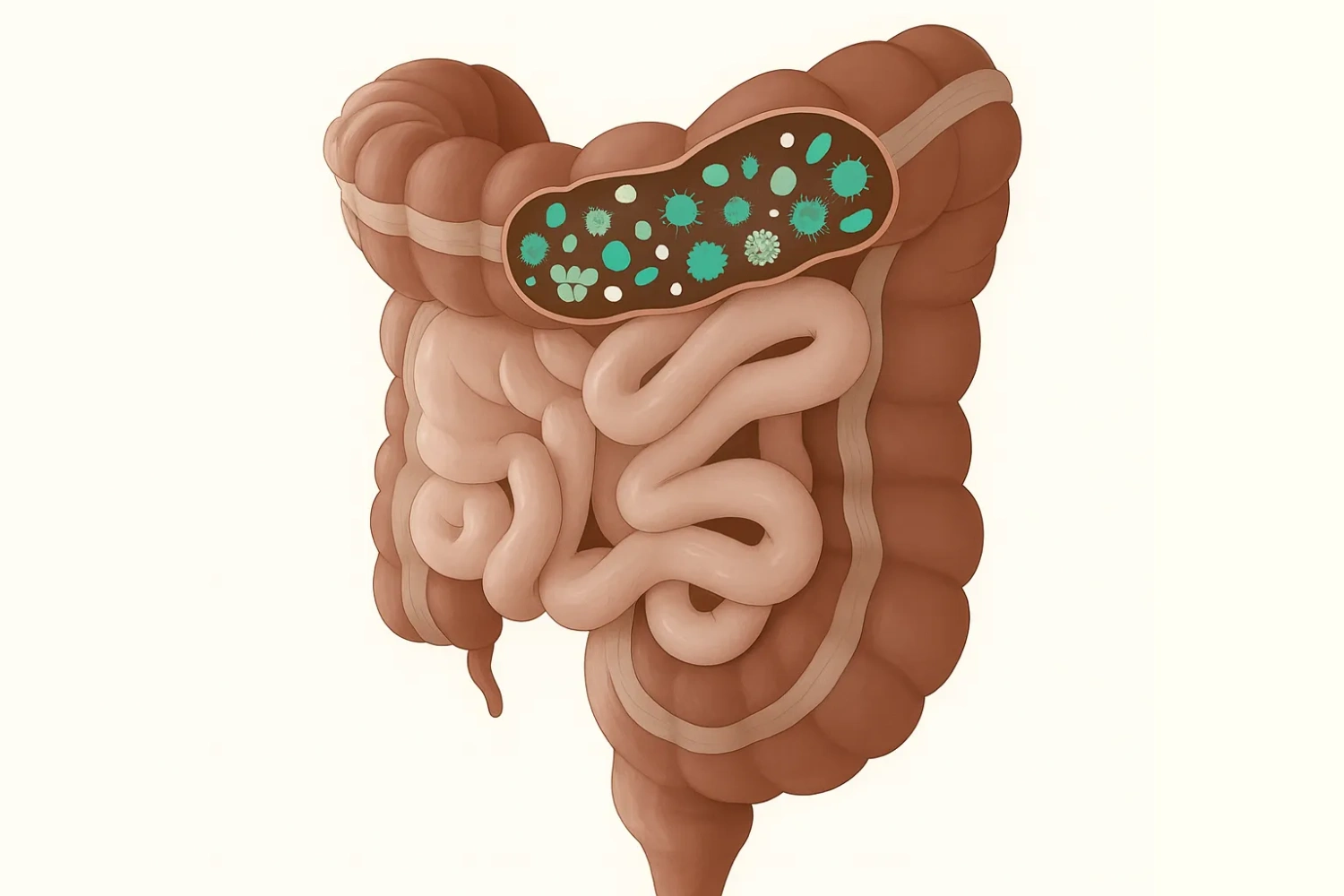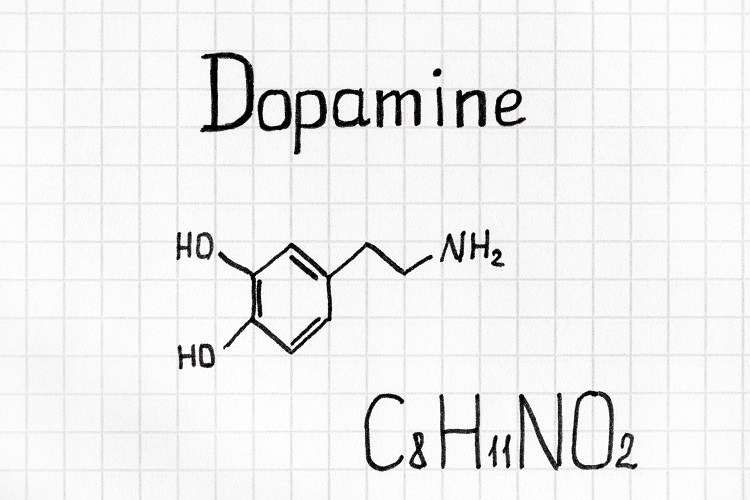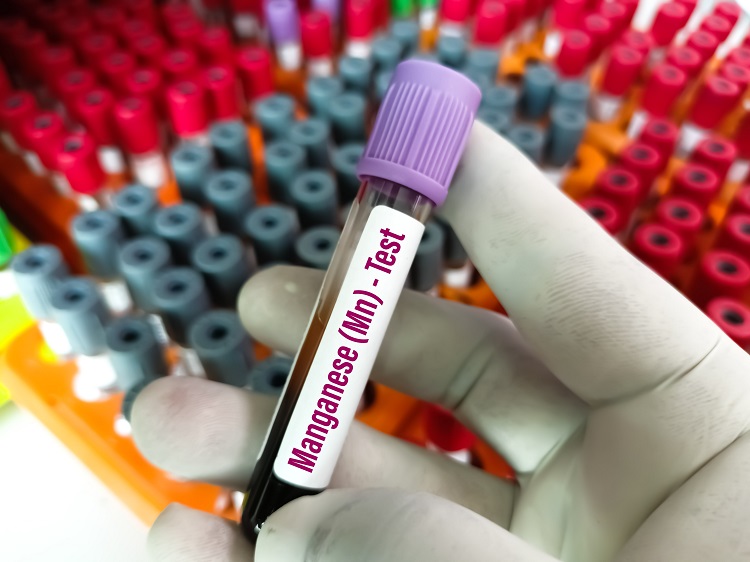What do we know about Parkinson’s disease? Can CBD help?
- What is Parkinson’s disease?
- What are the symptoms of the disease?
- Causes of Parkinson’s disease
- Heredity and alpha-synuclein
- What role does the microbiome play?
- Treatment of Parkinson’s disease
- Can Parkinson’s disease be treated with cannabis and CBD?
- ECS and motor function disorders
- What have studies found about the effects of CBD and cannabis?
- Life expectancy
- Summary
What is Parkinson’s disease?
Parkinson’s disease (PD) is a disease of the central nervous system that causes unwanted or uncontrollable movements such as tremors, stiffness, and difficulty with balance and coordination. It is a neurodegenerative disease, with symptoms appearing gradually and worsening over time. The disease was first described by British physician James Parkinson in 1817.
Some research studies suggest that the disease affects more men than women, but it is not yet clear why. In most people, it develops after the age of 60, with approximately 5 to 10% of cases appearing before the age of 50.
The disease is caused by the loss of nerve cells in the midbrain, specifically in a structure called the substantia nigra, which is part of the basal ganglia. The basal ganglia transmit signals between different parts of the brain and play an important role in movement control and coordination. Dopamine, a substance produced by nerve cells, is needed to transmit these signals. When these cells degenerate, there is a lack of dopamine, which disrupts the activity of the basal ganglia. This results in motor disorders and other symptoms of PD.
What are the symptoms of the disease?
The symptoms of PD can vary from patient to patient. The diagnosis is usually based on movement difficulties. Symptoms often start on one side of the body and, even after the disease affects the whole body, they usually remain worse on that side.
The mainmotor symptoms include:
- tremors of the hands, arms, legs, jaw, or head
- slowed movement (bradykinesia)
- balance problems
- muscle stiffness
Non-motor symptoms include:
- problems with speaking and swallowing
- frequent urination
- constipation
- joint pain
- attention and memory disorders
- mood swings
- depression
You may have heard that Parkinson’s disease starts in the nose. This surprising fact was discovered by scientists in the last century, but it is only now beginning to receive more attention. In recent years, many new studies have been conducted that confirm this fact. Disorder of smell, i.e., its loss or hypersensitivity to odors, occurs in more than 80% of cases and often appears several years before motor impairment.
The fact that this feature of PD was not recognized earlier and that doctors focused exclusively on motor impairment was due to the fact that the vast majority of patients are unaware of the dysfunction until they are tested, as many of them have only partial (not complete) loss of smell. Furthermore, the first reliable quantitative clinical smell tests were not available until the mid-1980s.
Causes of Parkinson’s disease
The exact causes of nerve cell death are not yet known. Most scientists believe that both endogenous and exogenous factors, in this case a combination of genetics and environmental influences, contribute to the development of the disease.
Heredity and alpha-synuclein
Initially, there was disagreement about whether heredity played a role in Parkinson’s disease, with some considering its influence to be marginal. However, when scientists discovered a link between Parkinson’s disease and alpha-synuclein, convincing evidence was found. The tangible discovery of a genetic defect associated with PD in specific families was a breakthrough, as it opened the door to a flood of studies investigating the genetic basis of the disorder.
Alpha-synuclein is a protein found in the central nervous system. When it exceeds a certain level in the brain and spinal cord, which has been observed in people with PD, it forms toxic clumps (aggregates). During the aggregation process, normal alpha-synuclein protein binds to itself and forms small chain structures called oligomers, which grow into larger fibers (fibrils) of various shapes and sizes.
Excessive expression of this protein can then lead to damage to the nerve cells that produce dopamine, disrupting synapses (nerve impulses) and causing the characteristic motor and non-motor symptoms of the disease to appear.
Currently, ways are being sought to reduce or eliminate the expression of alpha-synuclein to prevent the damage that these toxic clusters cause in the brain. However, there is uncertainty about the potential neurotoxicity associated with a significant reduction in the level of this protein.

What role does the microbiome play?
It is no news that the gut and the brain are closely connected. Bacteria that reside in the digestive tract influence the immune system, inflammatory processes in the body, skin condition, and mental health. These bacteria, along with viruses, yeasts, and other microorganisms found in the digestive system, are collectively referred to as the gut microbiome. It is a diverse community of beneficial and pathogenic microbes. If they are not in balance, they can cause various diseases, such as:
- digestive problems
- metabolic disorders
- allergies
- autoimmune diseases
- neurological disorders
The microbiome communicates with the brain via the gut-brain axis, through which it influences mood and mental functions. A growing body of scientific evidence suggests a link between gut bacteria and Parkinson’s disease. It appears that patients with PD often have an imbalance in their gut microbiota compared to neurologically healthy individuals. The so-called prodromal stage, a set of symptoms heralding the onset of the disease, which includes gastrointestinal problems, can appear up to 10-20 years before the onset of typical motor symptoms.
Studies in animal models have suggested that intestinal dysbiosis may influence the progression and onset of PD through:
- increased intestinal permeability
- worsening neuroinflammation
- aggregation of abnormal levels of α-synuclein fibrils
- increased oxidative stress
- decreased neurotransmitter production
There are many factors that have a significant influence on the microbiome. Controllable factors include, for example, lifestyle, diet, probiotics, or antibiotics. It is known that antibiotics can negatively affect the composition of the microbiome, reduce microbial diversity, and thus cause digestive disorders or increase the risk of infections.
New therapeutic options focus on modifying the composition of the gut microbiota and modulating the gut-brain axis using probiotics, psychobiotics, prebiotics, synbiotics, postbiotics, fecal transplants, dietary modifications, and Chinese medicine. With the help of these “tools,” it is possible to influence the initial step in the neurodegeneration process in PD. However, further studies are needed to clarify the cause-and-effect relationship between the gut microbiota and PD. There is still a long way to go before an effective cure is found.
Treatment of Parkinson’s disease
Medicine is not yet able to cure PD or effectively slow its progression, but it is possible to alleviate some symptoms and thus improve quality of life. The treatment of Parkinson’s disease is complex and involves a combination of medication, physical therapy, rehabilitation, surgery, and therapeutic approaches.
Medications can help with PD symptoms by:
- increasing dopamine levels in the brain
- acting on neurotransmitters that transmit information between brain cells
- helping to control non-motor symptoms
As mentioned above, the disease is caused by the degeneration of nerve cells that stop producing dopamine. Its deficiency leads to impaired movement control. The most commonly used drug for treating PD is levodopa (L-Dopa). Levodopa is a precursor of dopamine. It is absorbed into the blood from the small intestine and travels through the blood to the brain, where it is converted into dopamine.
Unfortunately, levodopa also has side effects, which include nausea, sleep problems, low blood pressure, depression, and hallucinations. Long-term treatment may cause motor complications, such as excessive movements (involuntary movements and twitching) known as dyskinesia.
Other medications prescribed for PD include:
- dopamine agonists to stimulate dopamine production in the brain
- enzyme inhibitors (e.g., MAO-B inhibitors, COMT inhibitors) to increase dopamine levels by slowing down the enzymes that break down dopamine in the brain
- amantadine, which helps reduce involuntary movements
- anticholinergic drugs to reduce tremors and muscle stiffness
Therapies aimed at helping with walking, voice, and tremor disorders, a healthy diet, exercises to strengthen muscles and improve balance and coordination, and massage therapy can also help manage PD symptoms.

Can Parkinson’s disease be treated with cannabis and CBD?
The effects of cannabis are also being investigated in relation to the alleviation of PD symptoms and its possible positive impact on the treatment of this disease. It appears that cannabinoids have an effect on some manifestations of PD and could therefore become a supplement to conventional treatment.
ECS and motor function disorders
The endocannabinoid system (ECS) is a system in the body of all mammals that plays an important role in controlling various physiological functions such as mood regulation, appetite, pain, memory, sleep, the immune system, and other processes. Its purpose is to maintain balance in the body. It consists of endocannabinoids, enzymes, and CB1 and CB2 receptors that interact with cannabinoids. The receptors are abundant in the basal ganglia and cerebellum, the main centers of motor function.
Changes in the endocannabinoid system have been found in pathological conditions such as movement disorders. Preclinical research suggests that modulation of cannabinoid signaling could improve both motor and non-motor symptoms.
What have studies found about the effects of CBD and cannabis?
Some studies have already shown that cannabis, CBD, and nabilone (a synthetic form of THC) can improve motor symptoms more than a placebo. The above-mentioned substances also reduced pain intensity. CBD improved psychiatric symptoms in a dose-dependent manner. Side effects were usually minor and rare in the case of CBD.
In 21, a questionnaire survey was conducted among 339 patients with PD, 85 of whom confirmed regular cannabis use. After using cannabis, 45.9% of patients reported mild or
significant relief of PD symptoms in general, 30.6% reported improved resting tremors, 44.7% reported reduced bradykinesia, and 37.7% reported reduced muscle tension. Only 4.7% (4 patients) felt that their condition worsened when using cannabis.
Several studies have also shown that CBD may have an effect on inflammation, pain relief, and help with insomnia and stress or anxiety, which are other problems faced by PD patients.
Although the potential of CBD and cannabis is promising, further research is needed on a large enough sample of the population to confirm its effectiveness and map out any possible side effects.
Life expectancy
Studies on whether Parkinson’s disease leads to premature death vary. Many sources report that PD patients have a normal or very similar life expectancy to people who have not been diagnosed with the disease.
An individual’s lifespan can be influenced by several factors, including age at onset, overall health, and access to healthcare. Environmental triggers may pose an increased risk of death, with several studies mentioning pesticides and redox-active metals such as lead and manganese.
There is also speculation about the ethnic influence on life expectancy, with studies reporting that black patients have a slightly higher risk of death than white patients. However, this may be due not only to genetics but also to inequalities in healthcare (poorer access to medication and neurological services) or underreporting of symptoms.
Parkinson’s disease itself is not fatal, but it leads to the gradual deterioration of the body. Patients therefore usually die from other associated diseases such as infections, cardiovascular disease, and non-infectious lung disease. It appears that patients with PD are likely to be more susceptible to urinary tract infections and pneumonia.

Summary
Parkinson’s disease is a neurodegenerative disorder that causes uncontrollable movements, stiffness, and problems with balance and coordination. Other symptoms may develop in later stages, such as difficulty speaking and swallowing, attention disorders, or depression.
Both internal and external environmental factors contribute to the development of the disease. Genetics appear to play a major role, particularly elevated levels of the protein alpha-synuclein. Attention is also being focused on the microbiome, as patients with PD often have an imbalance in their gut microbiota.
There is currently no cure for PD, so treatment is primarily aimed at alleviating symptoms. The most commonly used drug is levodopa (L-Dopa), which is converted into dopamine in the brain. Recently, the use of cannabis and CBD in patients with Parkinson’s disease has also been investigated.
Sources:
- National Library of Medicine
- Cannabidiol in Parkinson’s disease
- Olfaction in Parkinson’s disease and related disorders
- α-Synuclein in Parkinson’s Disease
- Gut Microbiota: A Novel Therapeutic Target for Parkinson’s Disease
- Impact of antibiotics on the human microbiome and consequences for host health
- Gut Microbiota: A Novel Therapeutic Target for Parkinson’s Disease
- Levodopa (L-Dopa)
- Current Therapies in Clinical Trials of Parkinson’s Disease: A 2021 Update
- Predictors of Survival in Parkinson Disease
- Ethnic Variation in the Manifestation of Parkinson’s Disease: A Narrative Review
- Predictors of Survival in Parkinson Disease
- National Institute on Aging
- Journal of Advanced Research
- Journal Cannabis and Cannabinoid Research
- Cannabinoids in Parkinson’s Disease
- Cannabinoids in Treating Parkinson’s Disease Symptoms: A Systematic Review of Clinical Studies
- International Parkinson and Movement Disorder Society
Author: Michaela Mádlová
Photo: AI, Shutterstock
“All information provided on this website, as well as information provided through this website, is for educational purposes only. None of the information contained herein is intended to be a substitute for a medical diagnosis and should not be considered medical advice or recommended treatment. This website does not endorse, condones or advocate the licit or illicit use of narcotic drugs or psychotropic substances or the commission of any other illegal activity. For more information, please see our Disclaimer .”


